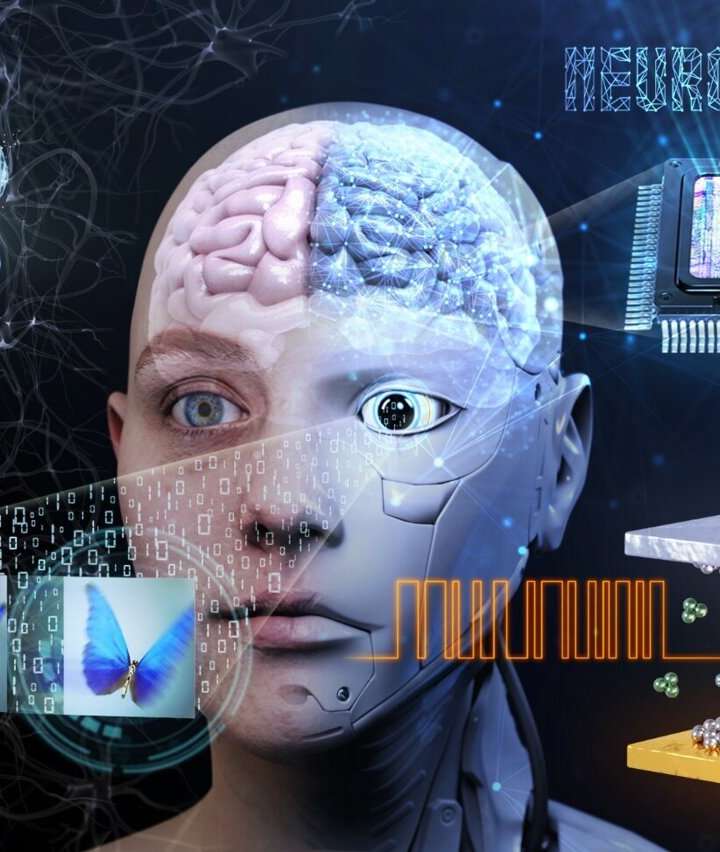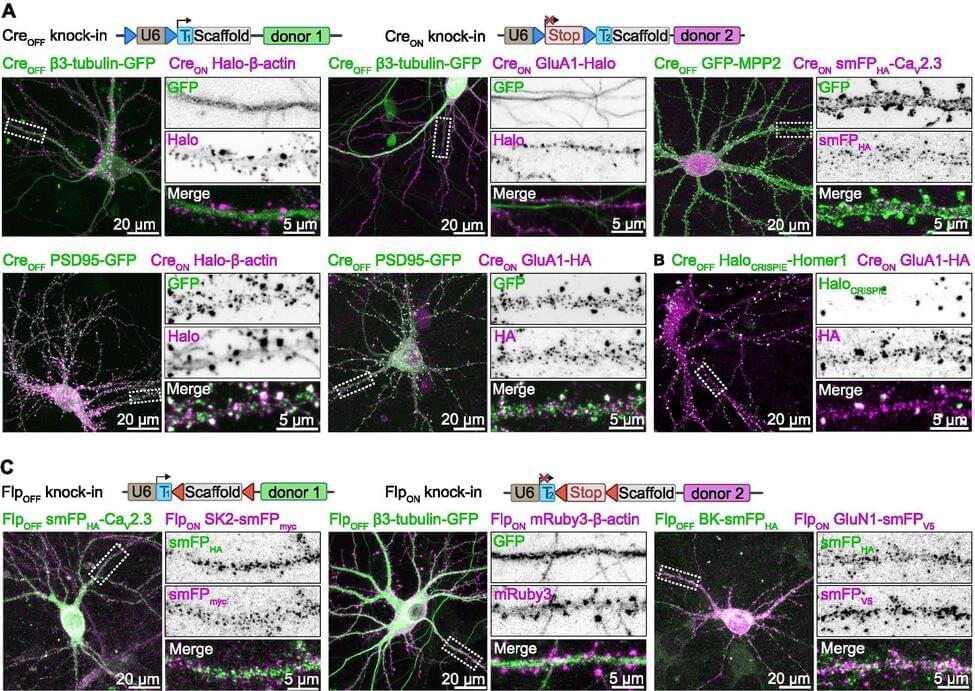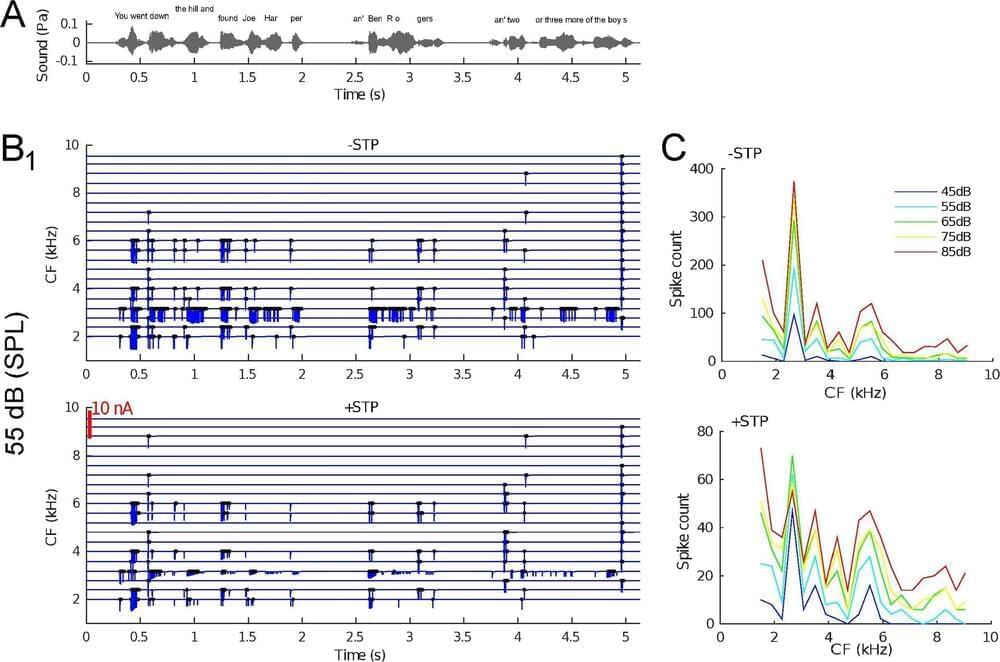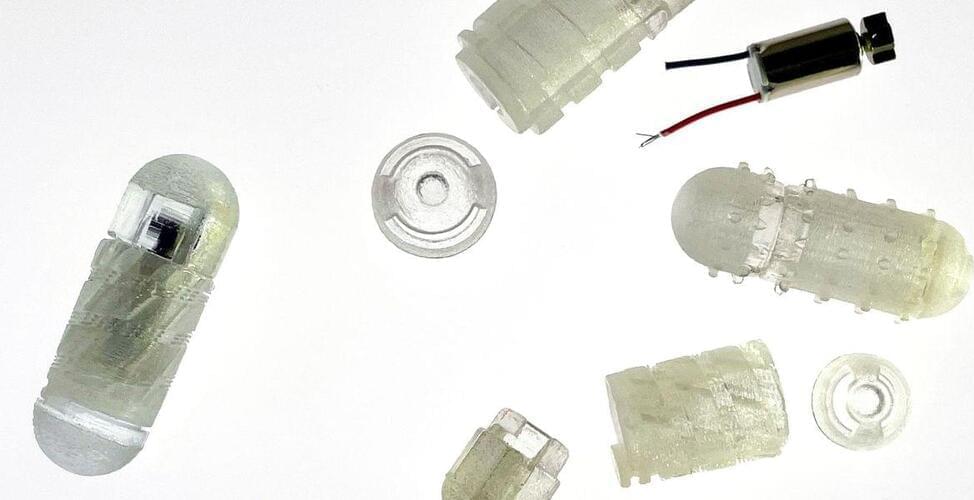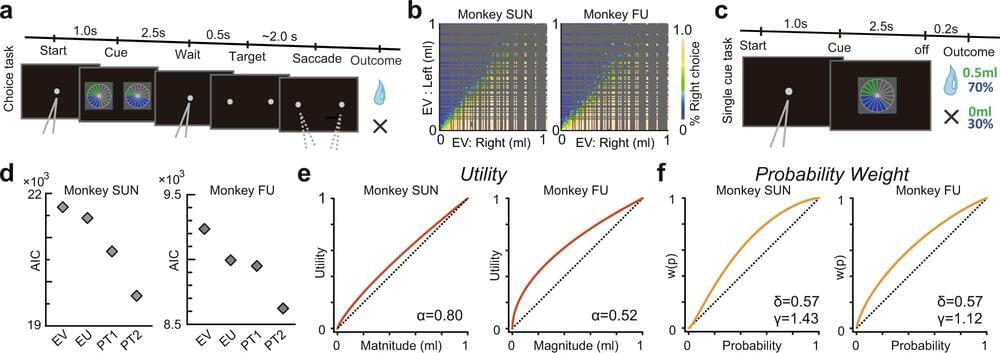Have you ever suffered from jet lag or struggled after turning the clock forward or back an hour for daylight saving time? These are examples of you feeling the effects of what researchers call your biological clock, or circadian rhythm – the “master pacemaker” that synchronizes how your body responds to the passing of one day to the next.
This “clock” is made up of about 20,000 neurons in the hypothalamus. This area near the center of the brain coordinates your body’s unconscious functions, such as breathing and blood pressure. Humans aren’t the only lifeforms that have an internal clock system: All vertebrates – or mammals, birds, reptiles, amphibians, and fish – have biological clocks, as do plants, fungi, and bacteria. Biological clocks are why cats are most active at dawn and dusk, and why flowers bloom at certain times of the day.
Chronobiology is the study of circadian rhythms, the physical, mental, and behavioral changes that follow a 24-hour cycle. These natural processes respond principally to light and dark and affect most living things, including animals, plants, and microbes.
